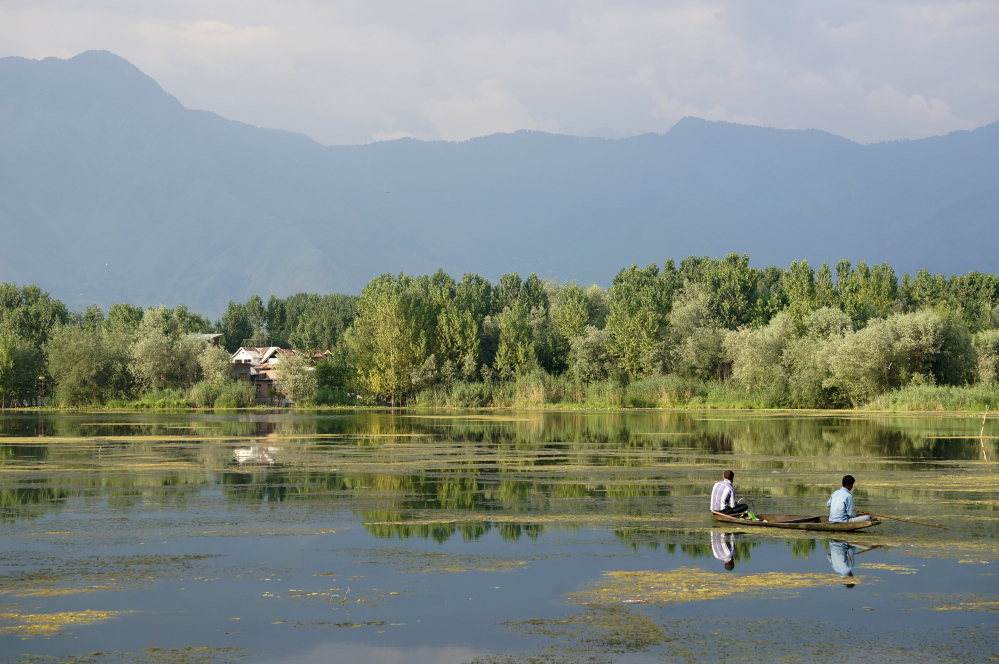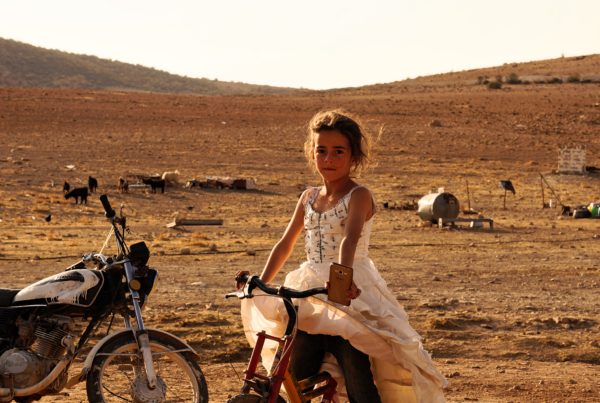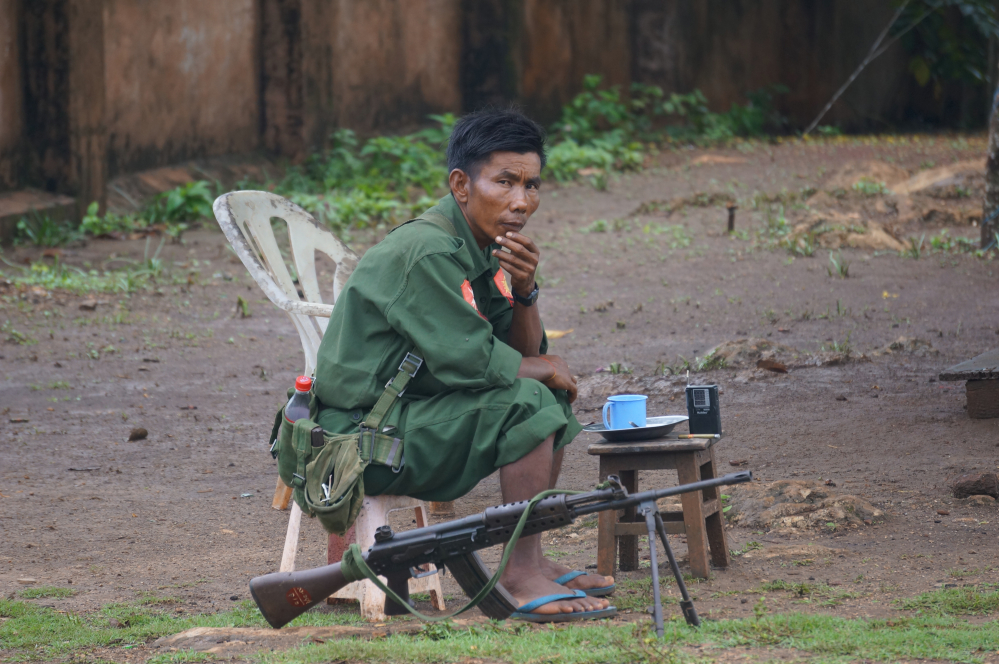The banks of the Nigeen Lake, to which Salman Rushdie’s Midnight’s Child, Salam, owes his ancestry, are overflowing. The rain has come and it hasn’t stopped.
“I have never seen weather like this before in my life,” Rafiq tells me as he looks morosely upon his quickly disappearing garden. Lucky for him he lives on a houseboat. Through the sheets of rain I can see the Himalayas, dark and majestic against the skyline. That is where we are aiming tomorrow for a week long trek through the Kashmir Valley.
Rafiq says he is 45, but he looks older. His grey hair is flecked with black, his skin is wrinkled and he is missing teeth. This smiling, bent-nosed man met me at the airport holding a ‘Mr Mark’ sign.
“Oh welcome, welcome. Welcome to Kashmir,” he says and shakes my hand firmly. “Thanks be to God you are here.”
Thankfully, I had arranged accommodation and airport pickup in advance (something I rarely do) because I was registered at the airport as a foreigner and needed a contact to pick me up.
Kashmir feels like a different country to the very small bit of India I know. There are easily identifiable differences; it lacks the smell and dirtiness of New Delhi and Calcutta. The majority of people are Muslim; their faces are a lighter shade and they are closer in appearance to what I’ve come to think of Pakistanis. The architecture is old and decrepit but different again in style. Rafiq proudly points out a few wooden mosques, frail-looking but beautiful in their antiquity.
Kashmir is heavily occupied by Indian military shouldering intimidating rifles.
“They say it is dangerous,” Rafiq says. “But no. No, it cannot be. The soldiers are here for the international airport. But there is no conflict.”
The next day we climb into the Kashmir Valley: me and Rafiq and our horses and supplies and two local men, Shabir and Aman, from Naranag village. Shabir is dressed in torn track pants and falling apart shoes. Aman wears sandals and pants and a long shirt, in the style of the villagers. I am wearing my Colombia hiking boots. They easily outpace me on the gruelling climb: 3 hours of mud, and bends, and rocks, and calf-straining inclines; the pine mountainside on one side, the valley dropping away below us on the other that would every so often reveal itself to us when the forest thinned; a flowing green criss cross of mountains that hid their heads in the clouds.
We pass what Rafiq calls ‘gypsies’ and that I later learn are the Bahawar people: nomadic tribes that live in the mountains. They tend goats and sheep and horses, and live in log huts dug into the mountainside, roofed with grass. Their faces are red and dark and creased from sunlight. The men grow beards and wear traditional clothing.
There is a military camp for Indian soldiers. I ask the soldier why they are here in the mountains and he tells me they are catching terrorists. Rafiq scoffs. I get the impression that Rafiq and the other Kashmiris don’t like Indians.
We camp on a hilltop, the snowy Himalayas glowing in the evening light. Rest is easy to come by. The next days are spent swimming in glacial lakes, riding across grass plains on horseback, fishing for trout in river pools shaded by pines, and I achieve some peace of mind.


